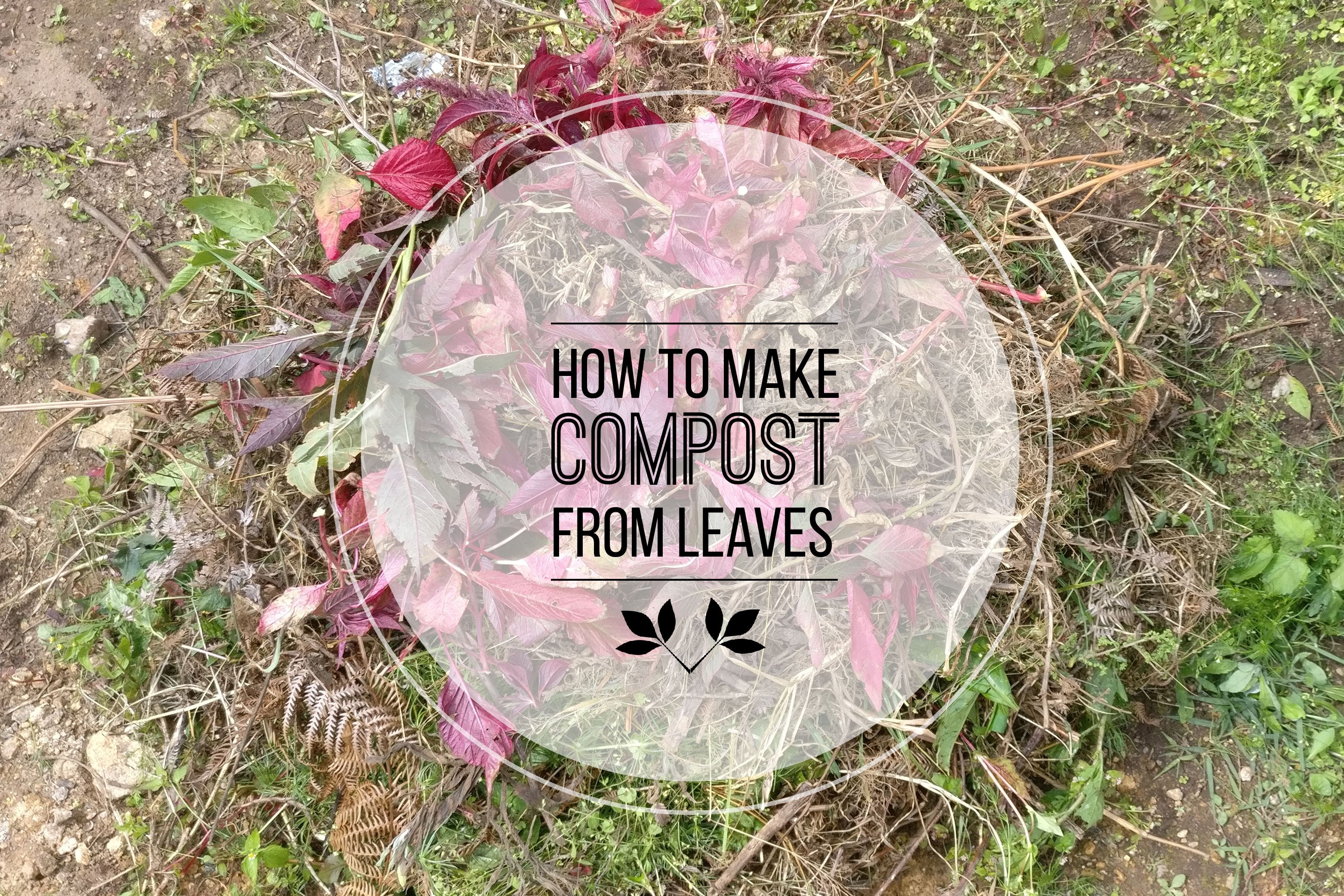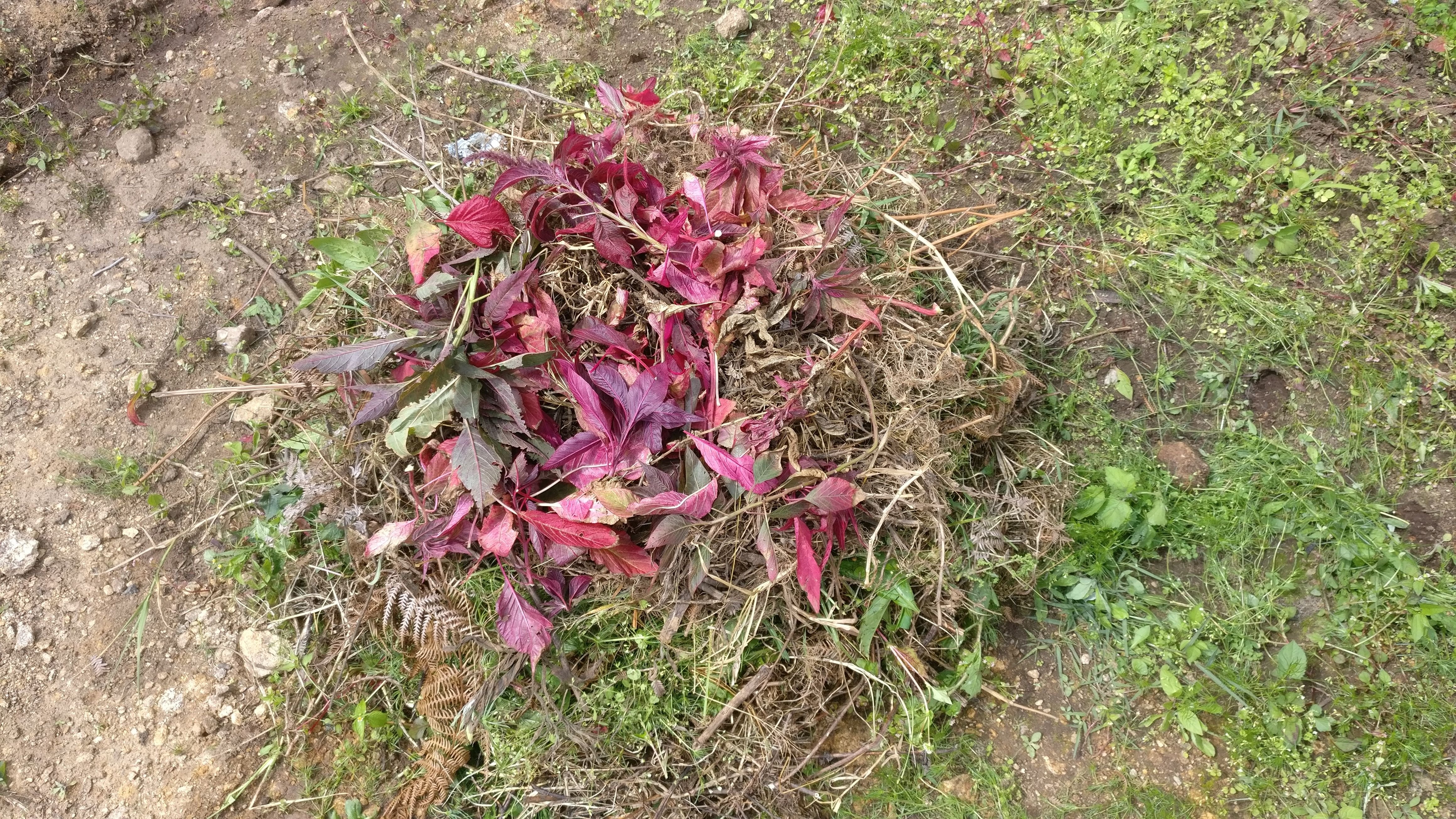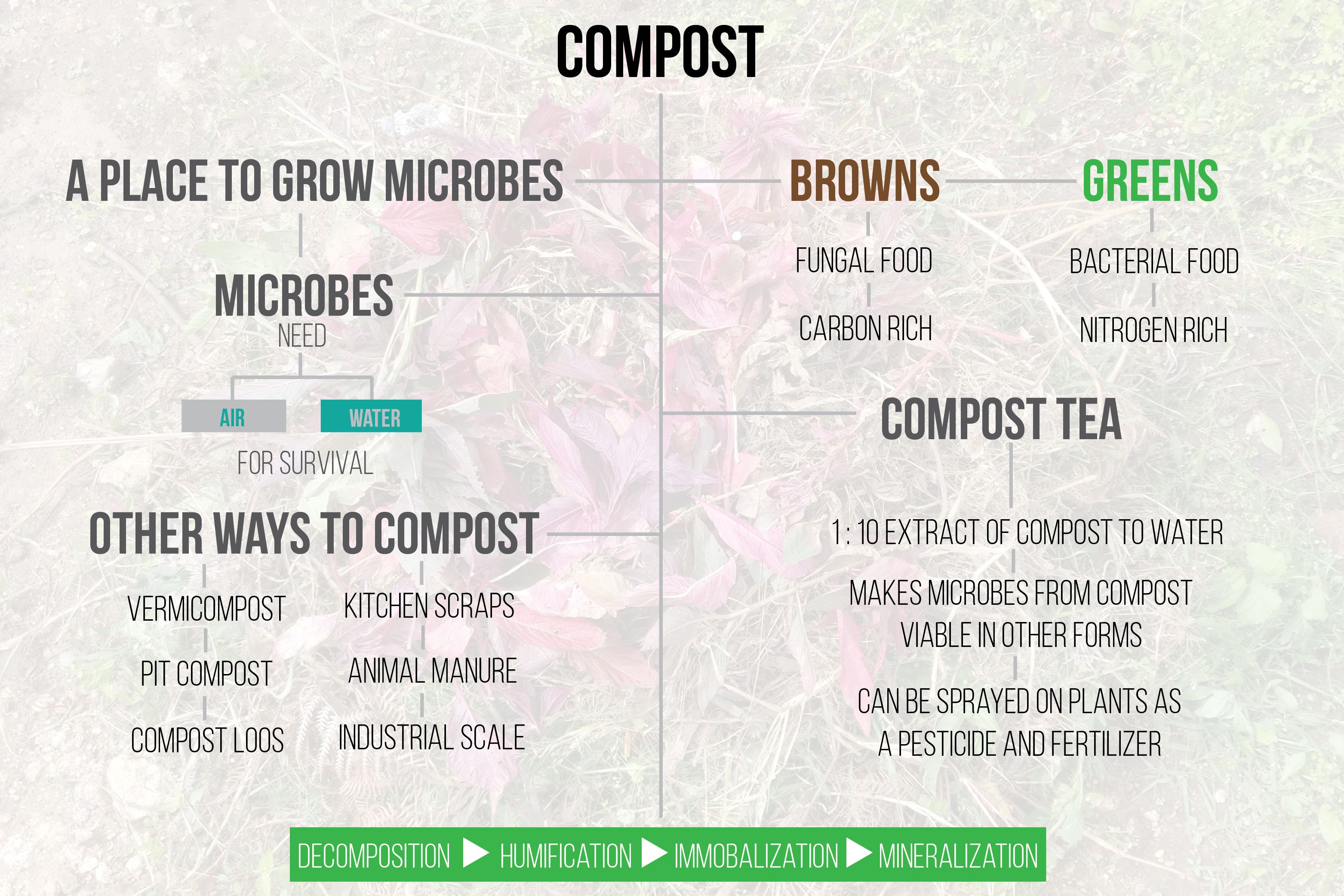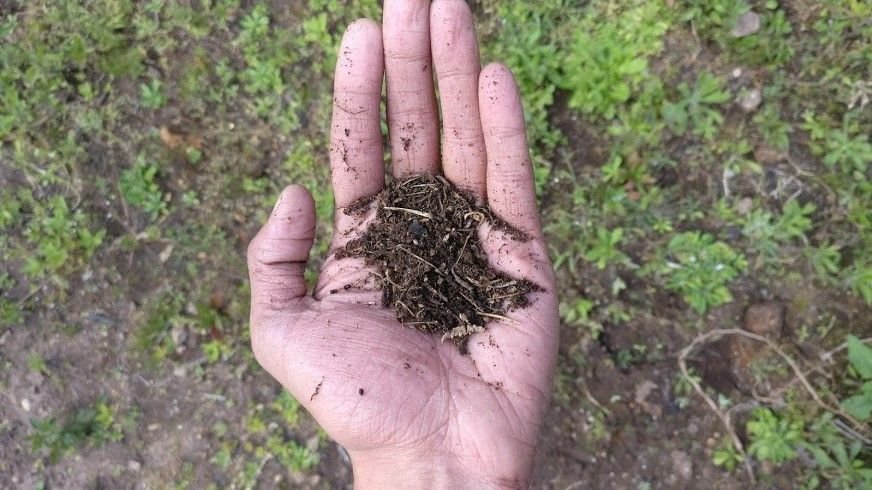
This post is about how I made our first batch of compost on our farm using one of the various compost making techniques.
Compost is a vital component for many homesteaders and organic farmers. It's a good fertilizer, packed with a lot of nutrients and minerals that enrich the soil, but its most important role is in introducing micro-organisms to the soil.
A lot of people don't realize that soil is not as inert as it seems to be.
Soil is alive!
Which is why they say a good farmer grows their soil before they grow their crops. The beauty of compost is that it completes a cycle. Dead plants decompose and provides nutrients for living plants. Unlike chemical fertilizers, the nutrients are broken down by micro-organisms that play a big role in soil health. They form a living network similar to the internet that help plants communicate and interact with each other. Plants that fix nitrogen in soil do so through a micro-organism called Rhizobium that attaches to their roots. It's quite fascinating how these minuscule living entities work. Some say we know more about the cosmos than the world of micro-organisms. The more alive your soil is, the better your crops will perform and compost is one of the key ways in building soil health and fertility.
In an attempt to grow our soil on the land, we made use of the organic material we had an abundance of, which in our case was leaves and weeds from our land and the adjoining forest. We used a variation of a simple technique to make our compost that can be finished in three easy steps and in less than a month.

Brown leaves and organic matter are rich in Carbon and provide food for fungi and fungal networks. Green leaves and organic matter are rich in Nitrogen and provide food for bacteria and micro-organisms. There are different opinions on the ratio of Brown:Green and Carbon:Nitrogen to be used in making compost and often depends on what crops/ land you want to use it for. I decided to use roughly equal amounts of each for an all purpose compost.
I start my compost pile with a layer of brown material. The twigs and sticks at the bottom allow more air to flow through the pile. After stacking layers of brown and green material, I add a layer of what's known as dynamic accumulators. They are plants that fix lesser known nutrients into the soil such as Calcium and Magnesium among others. A quick online search will show you which plants in your area are dynamic accumulators. The ones I used are Amaranth and Nasturnium. Putting them in the middle of your compost pile is believed to speed the process up, and adds more nutrients and minerals to the final compost resulting in a well balanced mix that has everything your plants could need. More layers are stacked on top of this layer till the pile is finished.

When the pile is um piled, water is sprinkled on top and the pile is covered with tarpaulin or similar material. The pile needs turning in intervals, meaning the pile needs to be mixed up. It can be done from the bottom to the top and from the outside to the inside. The idea is to mix your layers thoroughly to provide aeration to the pile. The pile is also sprinkled with water when it is turned. Microbes need air and water for survival, and this provides the best living conditions for them. Again, the frequency of turning depends on climate and other factors and it may take a while to find the right turning times for your location. In general it should be turned for the first time after 4-7 days and then every 3-4th day afterwards. This is a hot compost method, and you'll know the process is underway when you stick your hand in the middle and feel heat. The pile may even start steaming in cooler climates. Since we've provided our microbes with so much air and water through this process, they start thriving and the pile can be turned to compost in less than a month. The pile may reduce in size through the process as the days pass. After around three weeks, we're left with good quality compost that can be used on the field. Another way to make use of the compost is to make a compost tea which is a 1:10 mixture of compost to water. The liquid has all the beneficial microbes from the compost and can be applied on plants as a pesticide and fertilizer. It also promotes microbial growth on the plant itself and is a nice way to utilize your compost.

There is a lot more to compost and they way it works. This is just one of the ways you can make it using leaves. As our adventures on the homestead continue, we'll be sure to try out different methodologies and techniques. This pile was rather small and done on an experimental basis. In around a month we had some great compost to use which we spread around our trees. We'll soon be replicating the process on a larger scale and experimenting with different bio-ferments and compost techniques.

Composting is becoming more prominent even in cities and a lot of families including ours compost all our kitchen waste.
Have you made compost before, and what kind of techniques did you use?

| PAL-Minnow Support Project | Homesteaders Online |

















